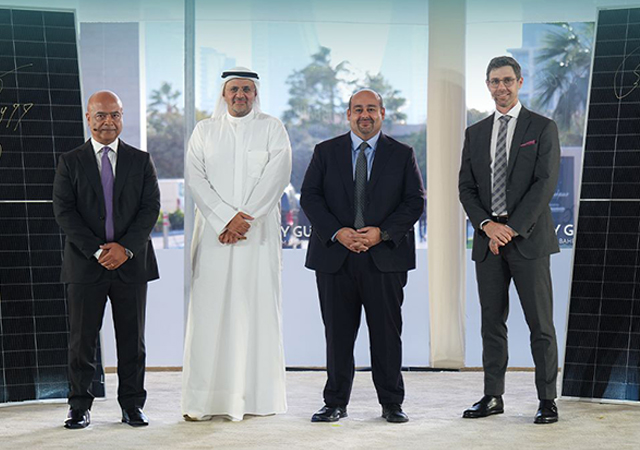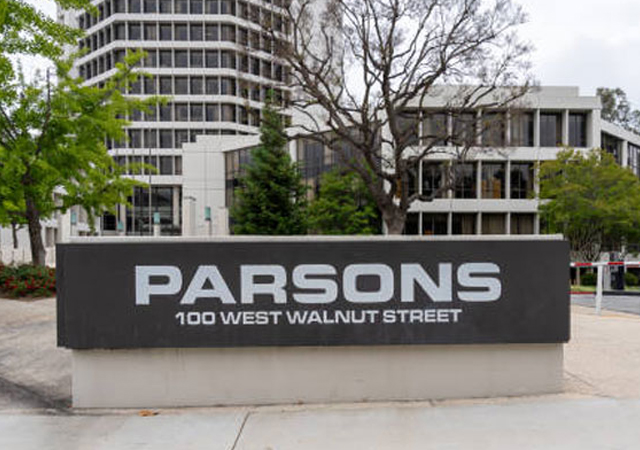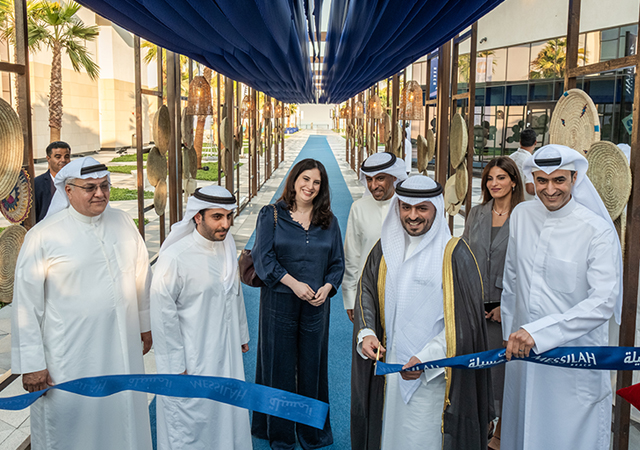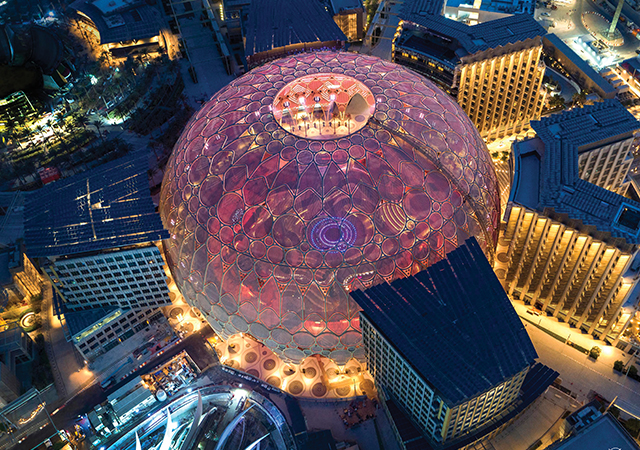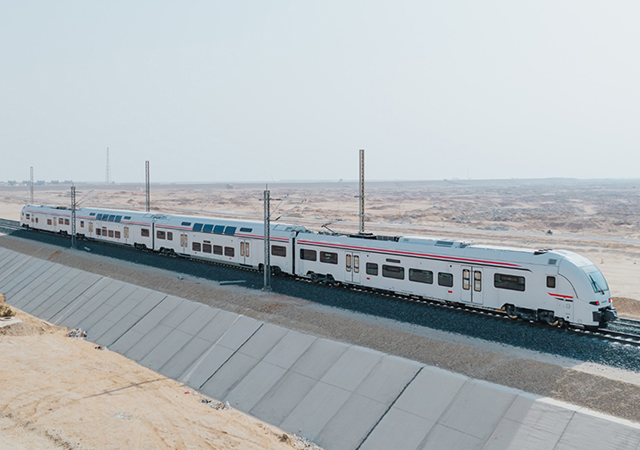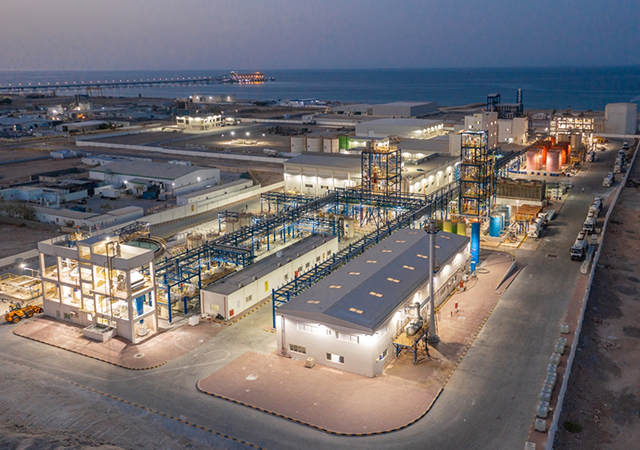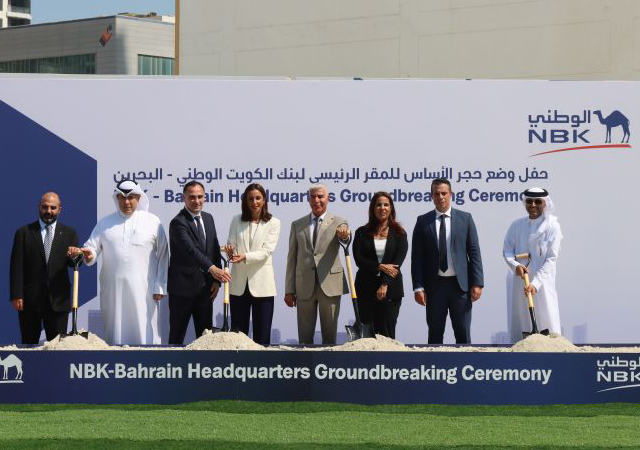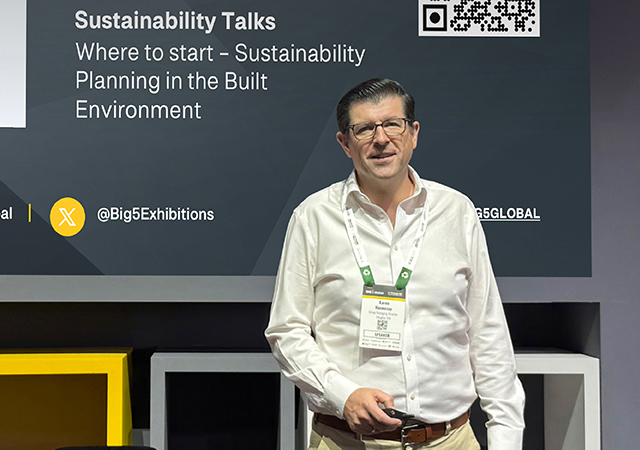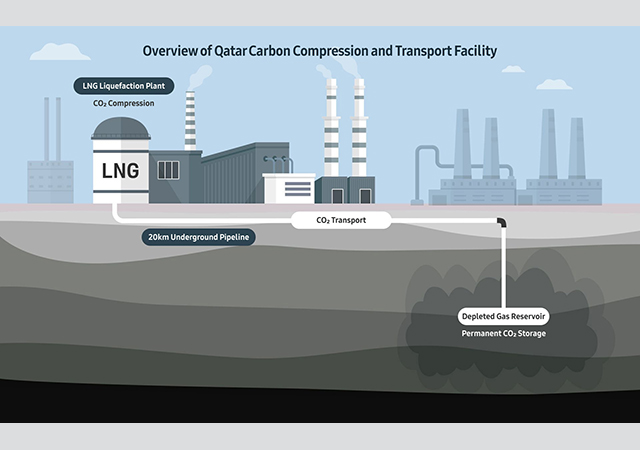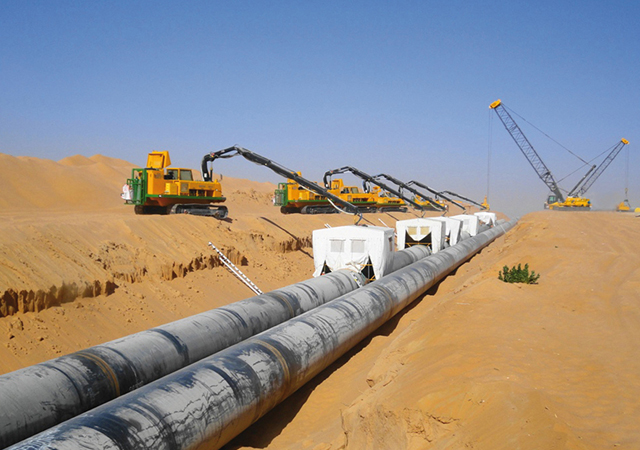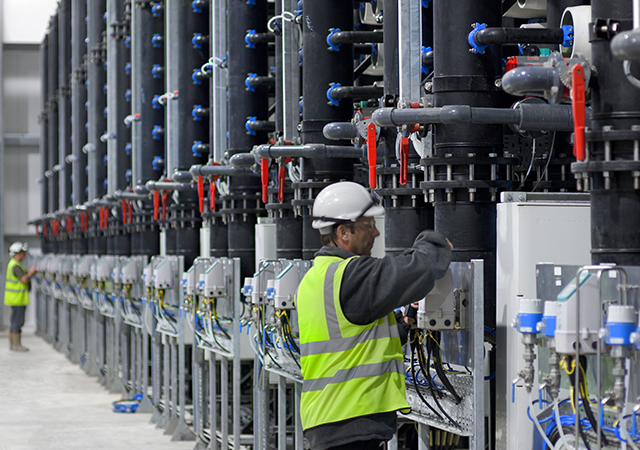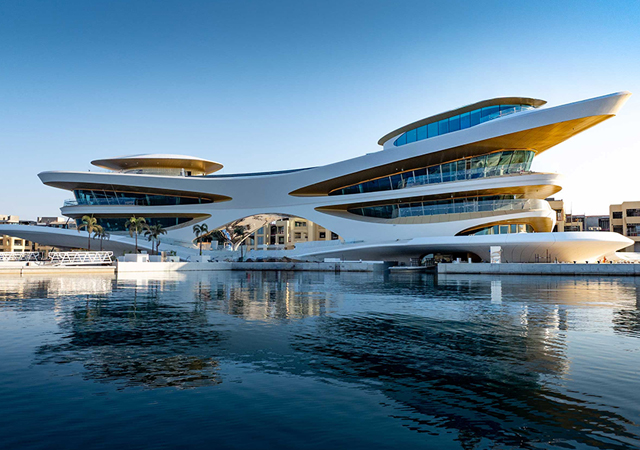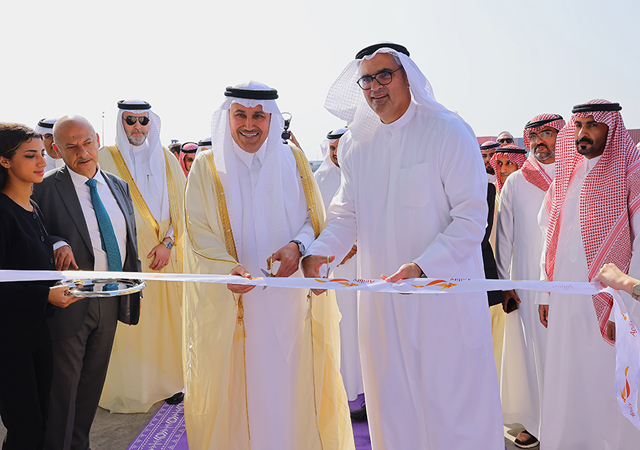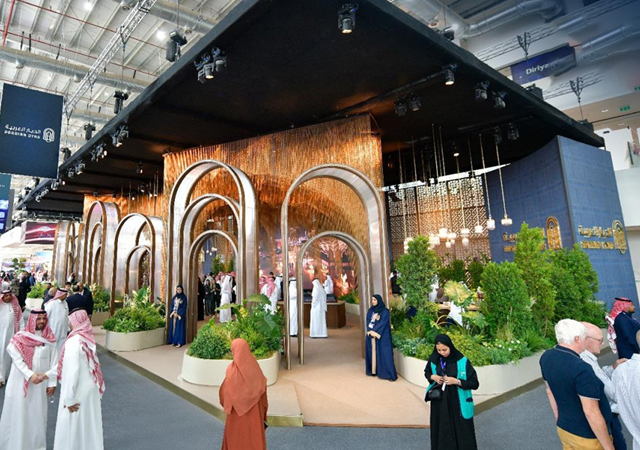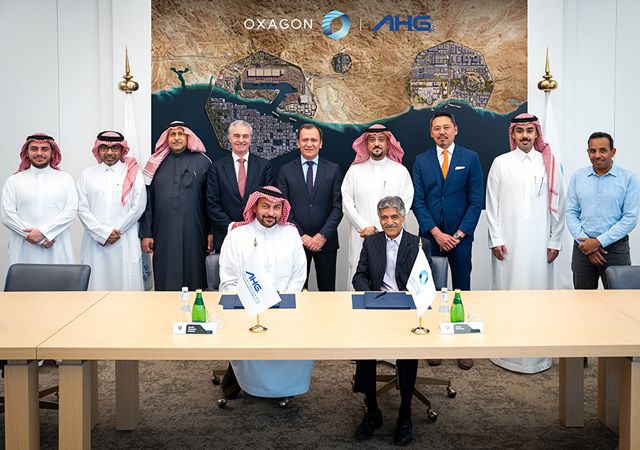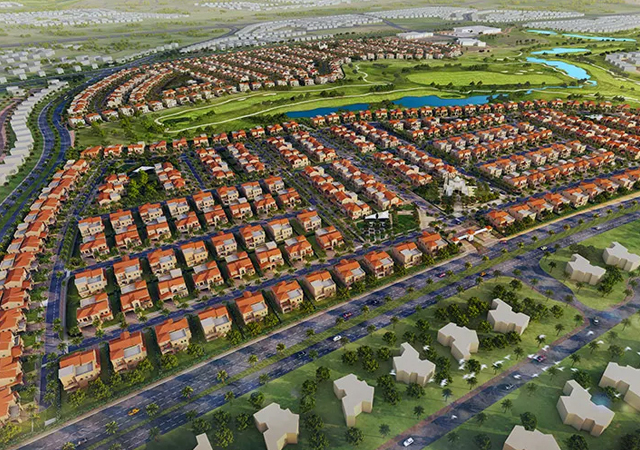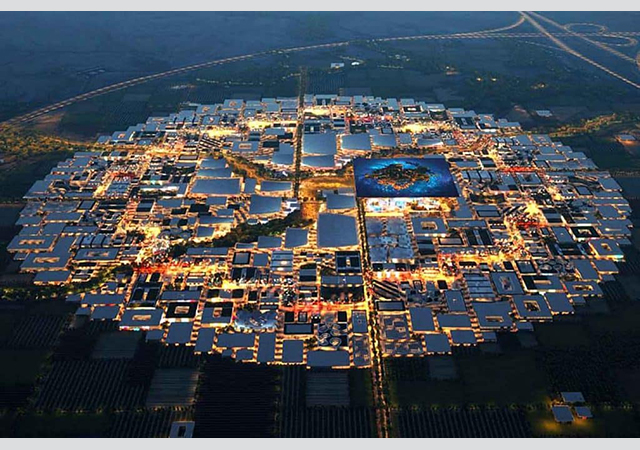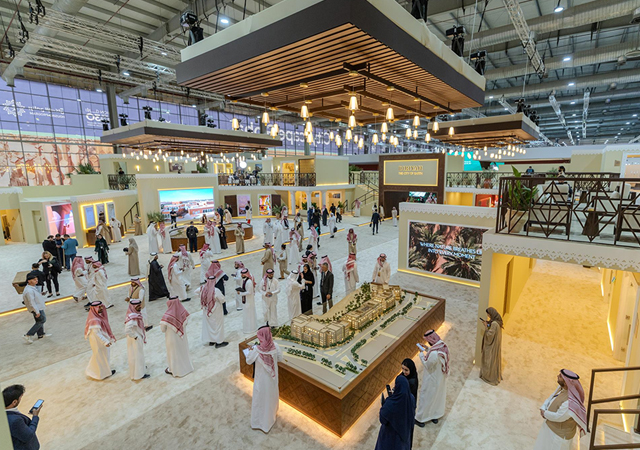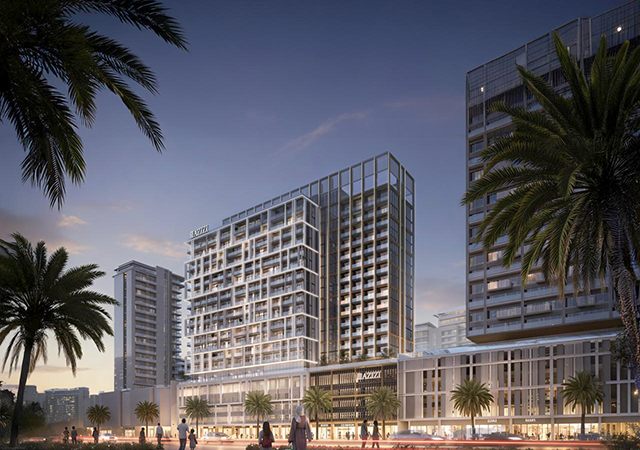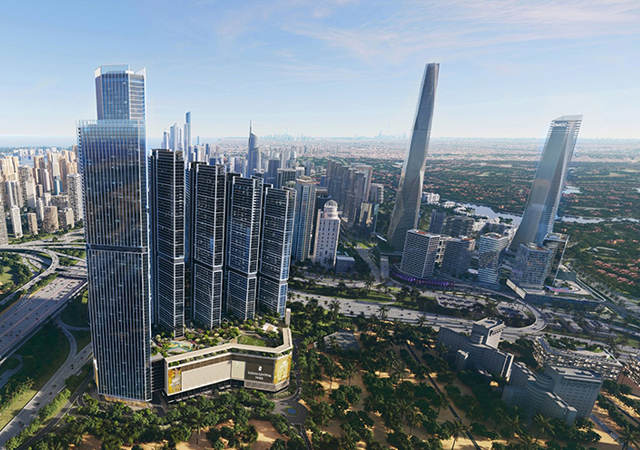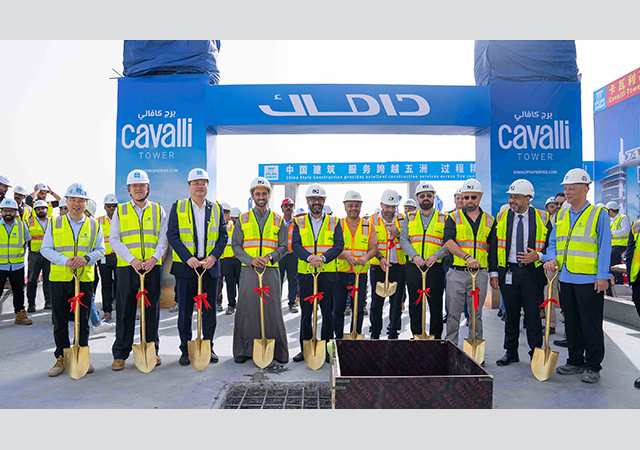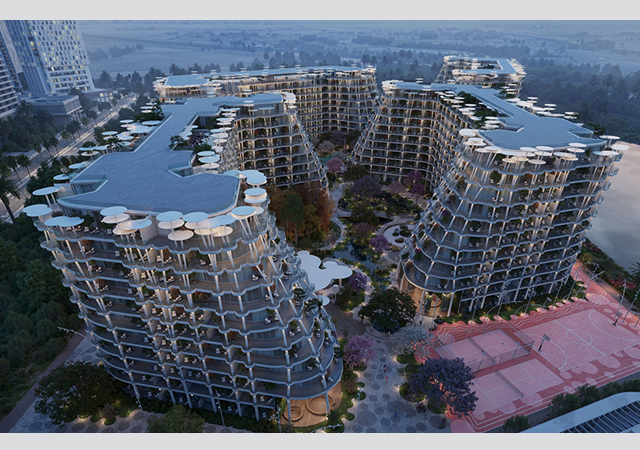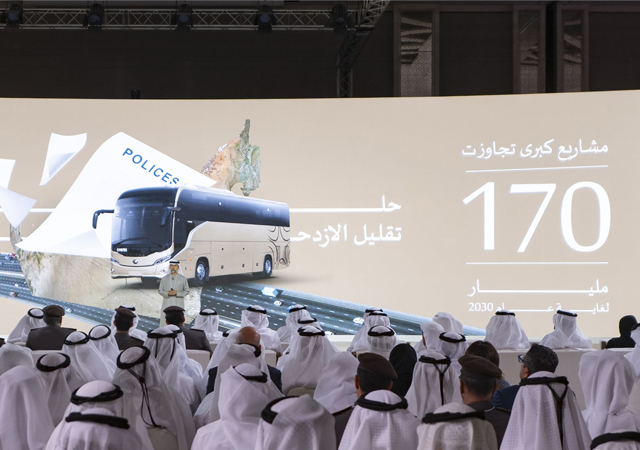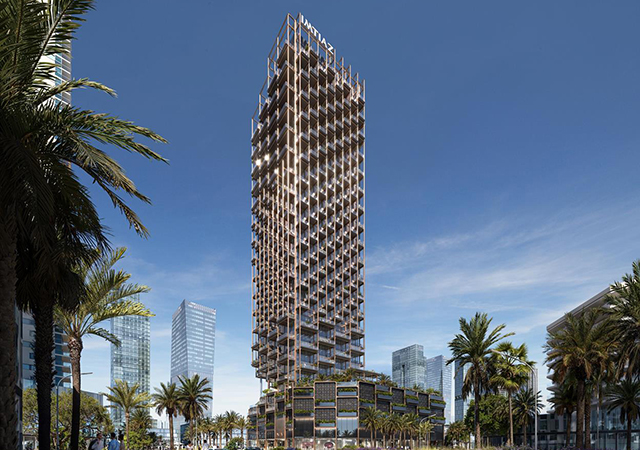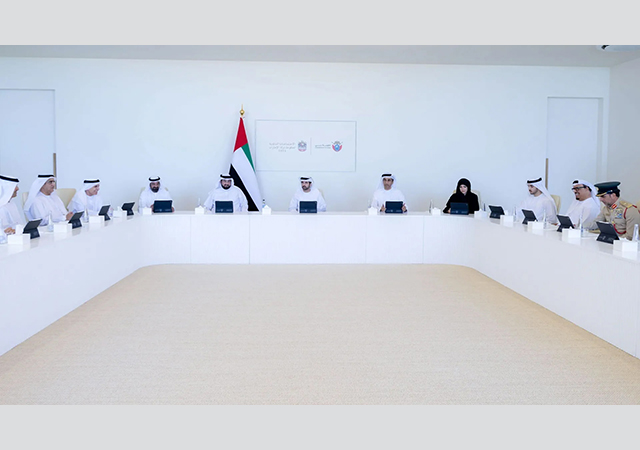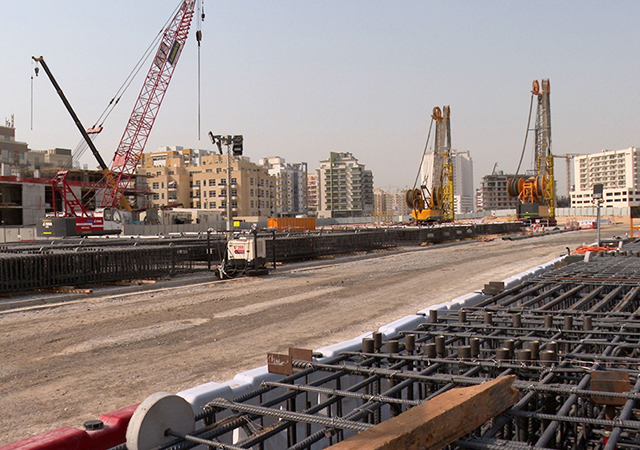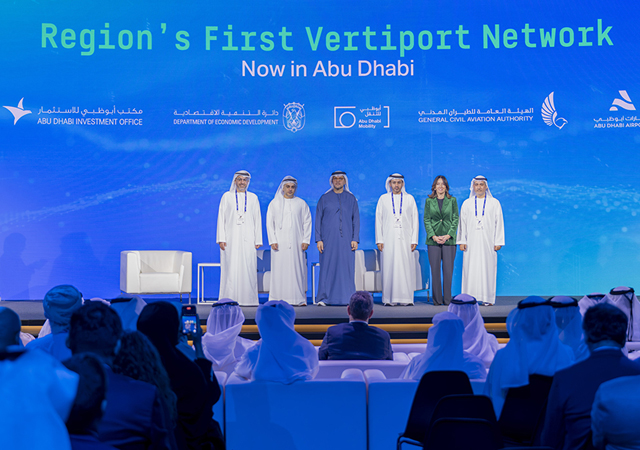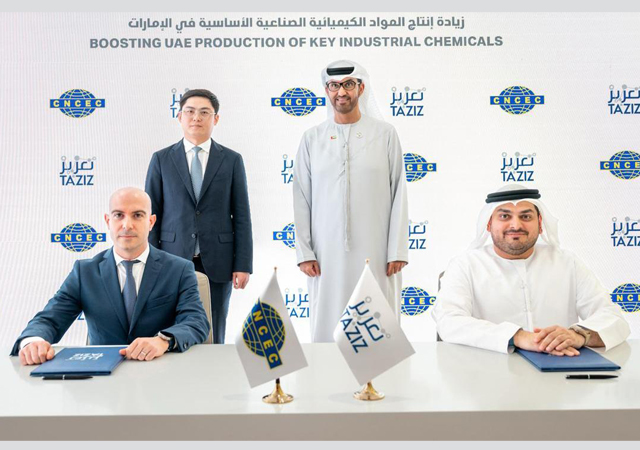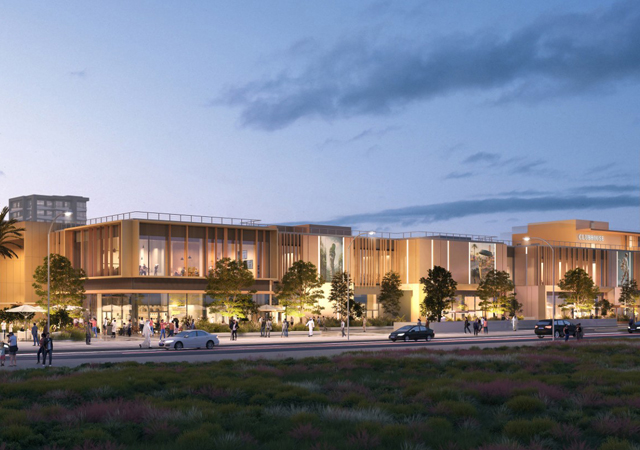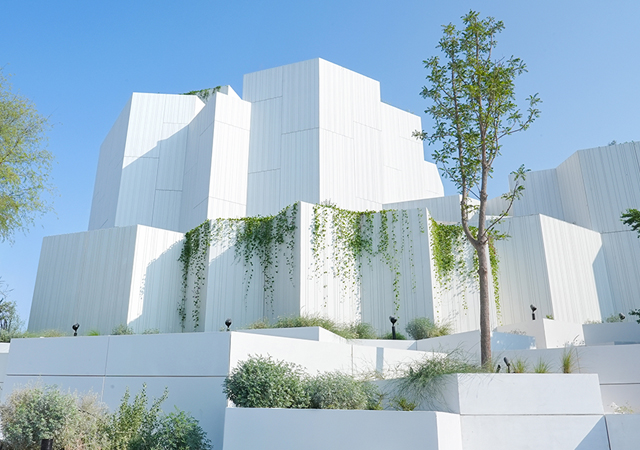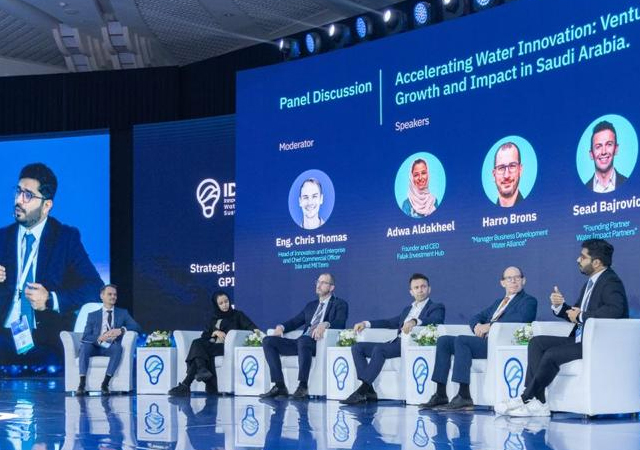
 Instatiq P1 mobile 3D printer combines mobile concrete pumping and robotic automation.
Instatiq P1 mobile 3D printer combines mobile concrete pumping and robotic automation.
INSTATIQ, a 3D concrete printing specialist spun off from the Germany-headquartered Putzmeister Group, recently showcased its innovative mobile printer that prints concrete directly on-site without formwork. Thanks to a clever combination of mobile concrete pump and robot technology, walls can be built quickly, sustainably and precisely, it says.
The Instatiq P1 mobile 3D printer, which was launched at Bauma 2025, the world’s largest construction trade fair, held in Munich last April, combines mobile concrete pumping and robotic automation to produce solid, load-bearing walls with high precision and minimal set-up time.
“A major advantage of printing technology is the end-to-end digitalisation of planning and construction processes,” says a spokesman for Putzmeister. “The planned components are extracted from digital building models and then translated into individual print layers. The print path and print speed are determined by various parameters, considering the material. This data is transferred into a machine code that is read into the system. The Instatiq P1 then prints the building layer by layer, with the system processing the plan fully automatically.”
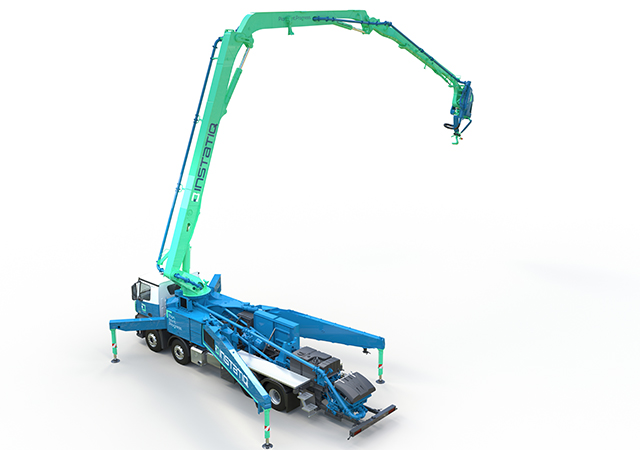 |
|
Instatiq P1 mobile 3D printer can cover a print area with a range extending up to 26 m. |
The technology uses a fully digital workflow. Building components are drawn from digital models and translated into machine-readable instructions, enabling automated, layer-by-layer concrete printing. Print paths and speeds are adjusted dynamically based on material parameters.
Instatiq was launched as a standalone company to accelerate development in the 3D construction printing sector. This strategic decision underlines Putzmeister's confidence in 3D printing as a sustainable business model. The spin-off retains technical and strategic support from Putzmeister, a global leader in concrete pumping solutions.
The company highlights the environmental and economic advantages of its technology. The printer runs on electric power and supports low-emission concrete mixes with standard aggregates up to 10 mm in size. It can be operational within 90 minutes and reduces the need for manual labour and formwork, contributing to faster and more sustainable construction.
Automated processes minimise the need for personnel and increase efficiency. Without the need for complex formwork or lengthy set-up, the mobile 3D printer is ready for operation in less than 90 minutes and creates solid, load-bearing walls – economically, precisely and in an environmentally friendly manner.
Designed for printing vertical, load-bearing walls in solid construction, the printer works with standard concrete mixtures containing aggregates up to 10 mm and is capable of producing layers up to 30 cm wide and 10 cm high, printing at a rate of 10 cm per second. The unit can cover a print area with a range extending up to 26 m.
Weighing up to 32 tonnes when fully equipped, it operates on a 125 A electric connection or through a vehicle’s power take-off. The outrigger width is 9.6 m with full support, or 5.9 m with narrow support.
Putzmeister and Instatiq state that they aim to demonstrate how mobile 3D concrete printing can drive digital transformation on construction sites, balancing speed, precision, and sustainability.



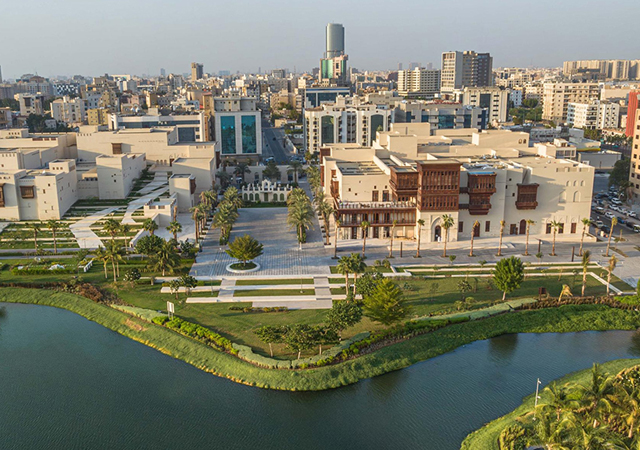
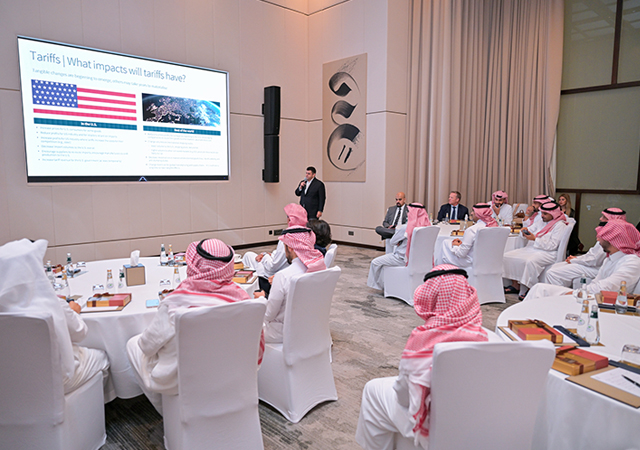
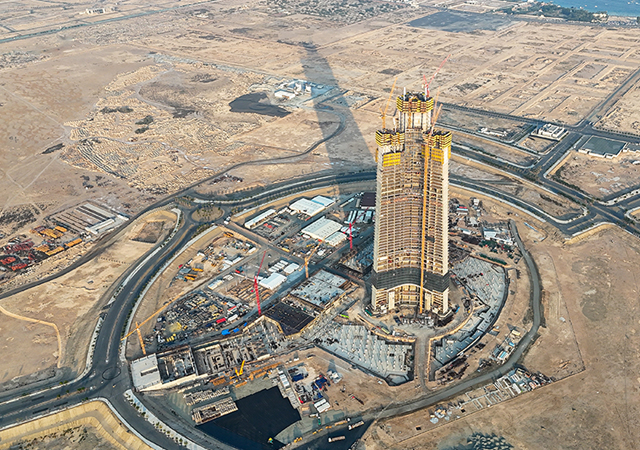
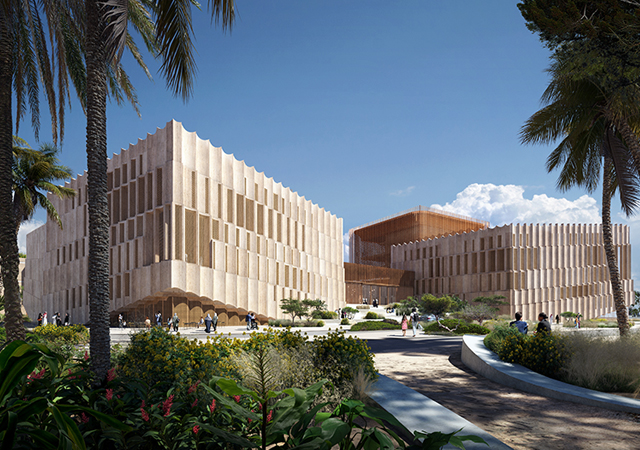
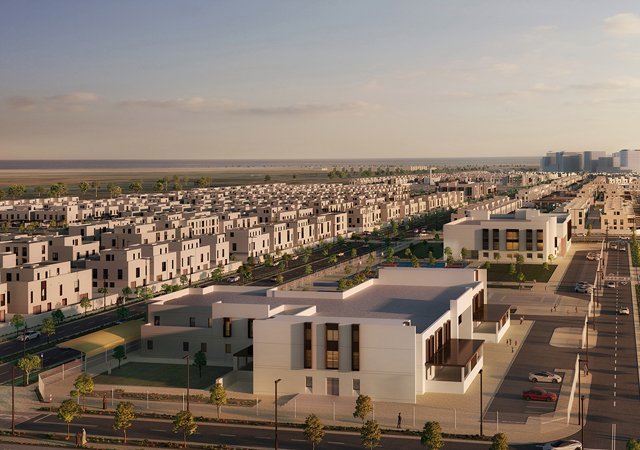
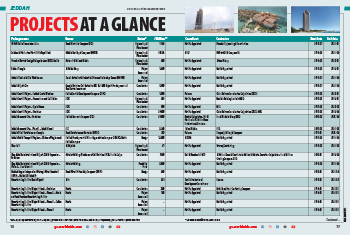
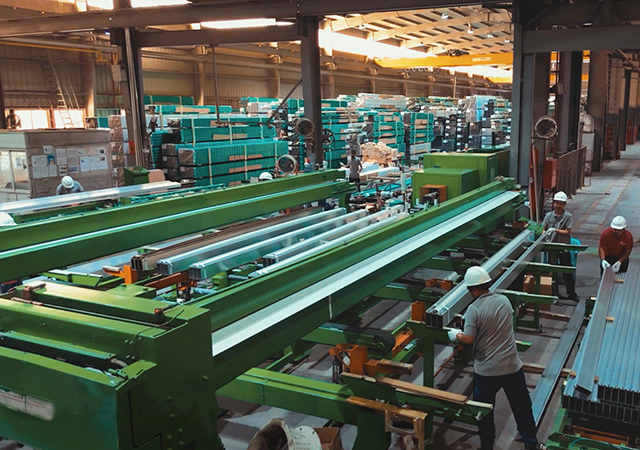

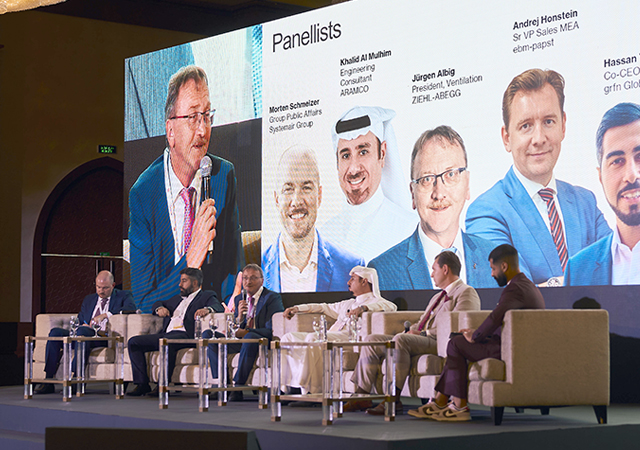
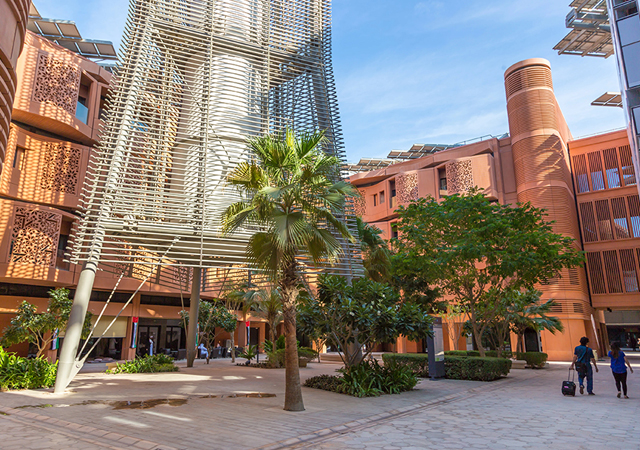
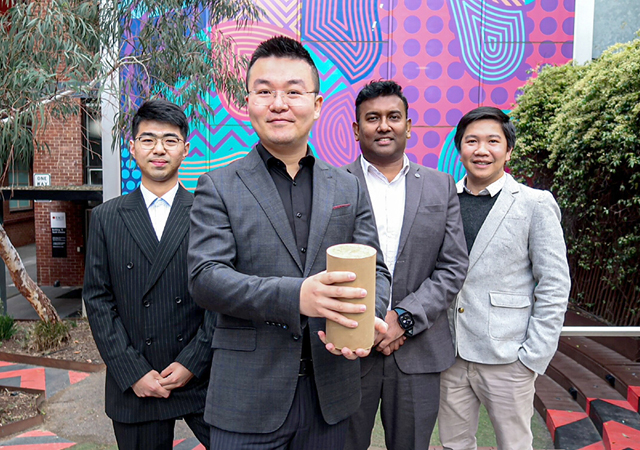
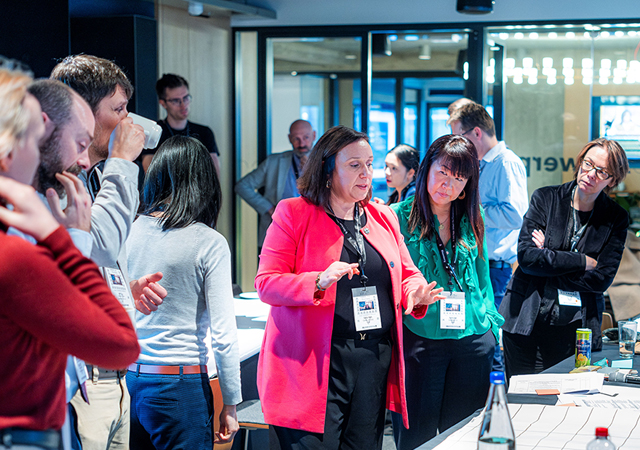
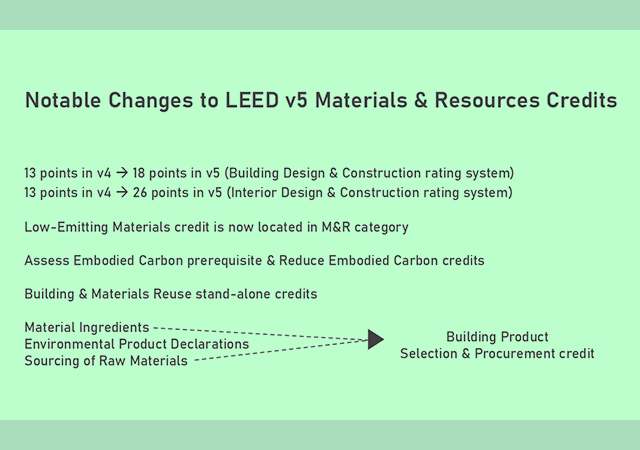
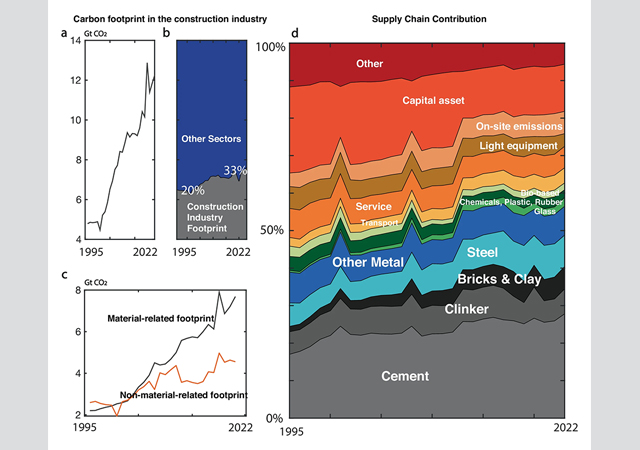
.jpg)
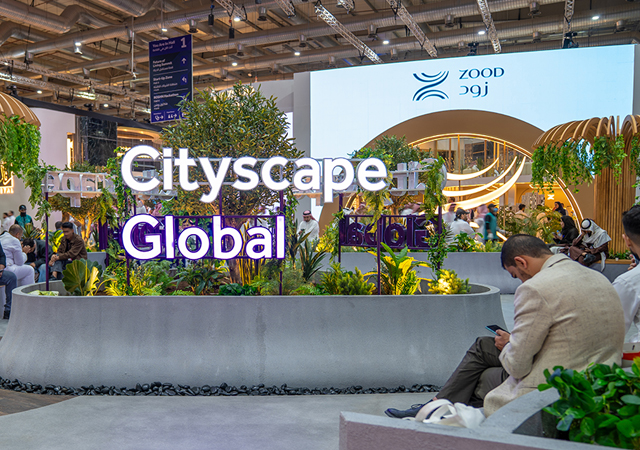
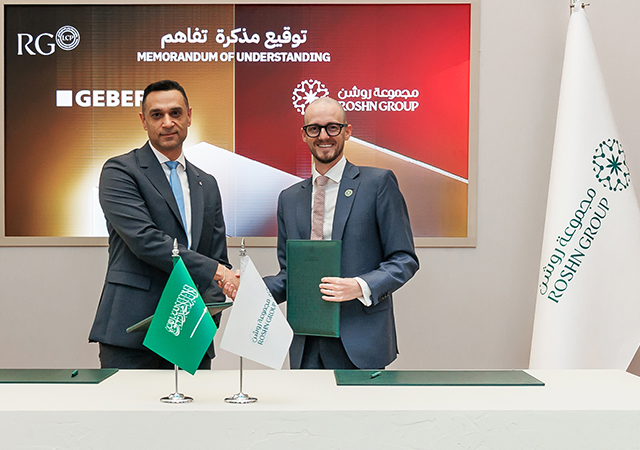
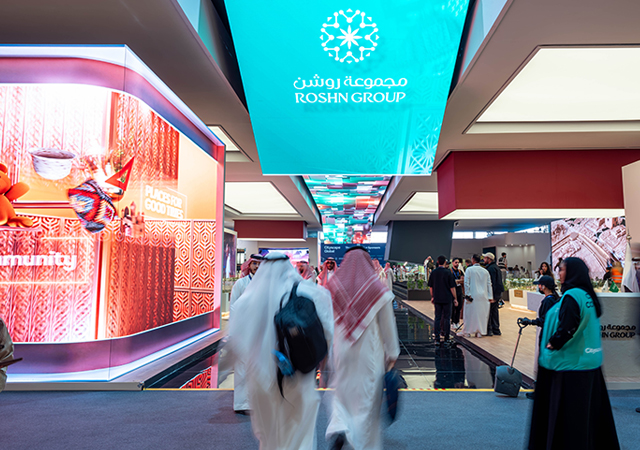
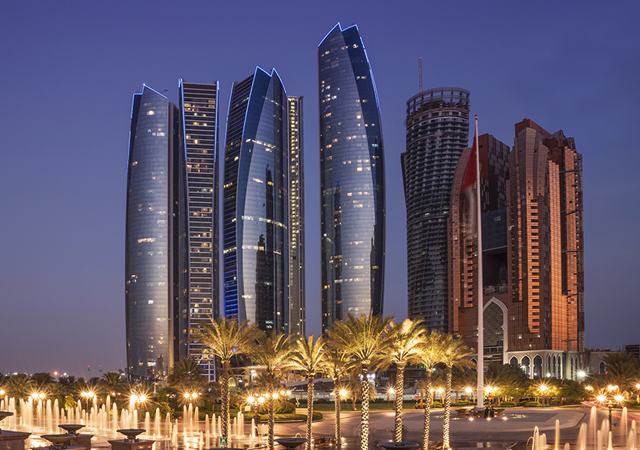
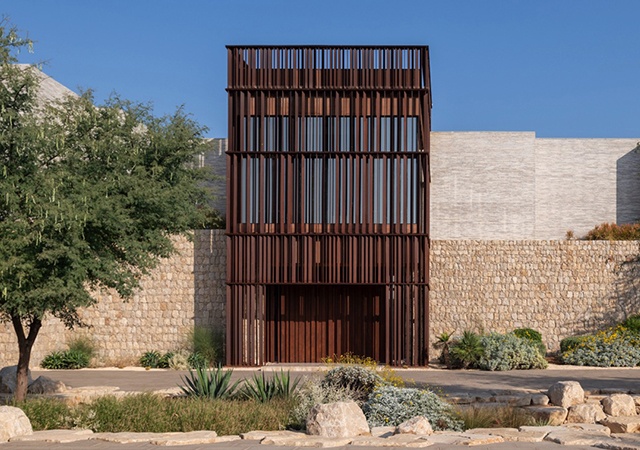
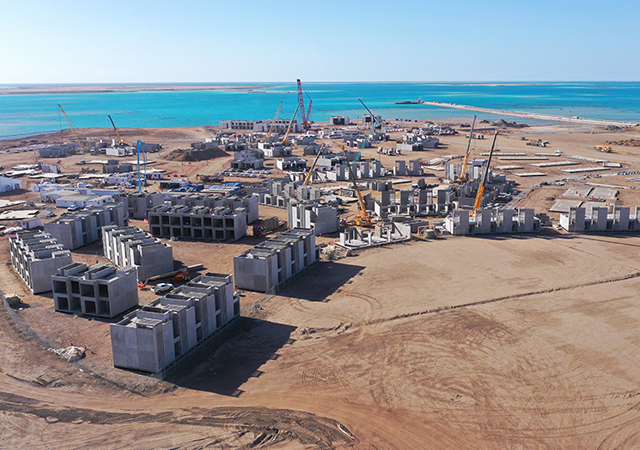
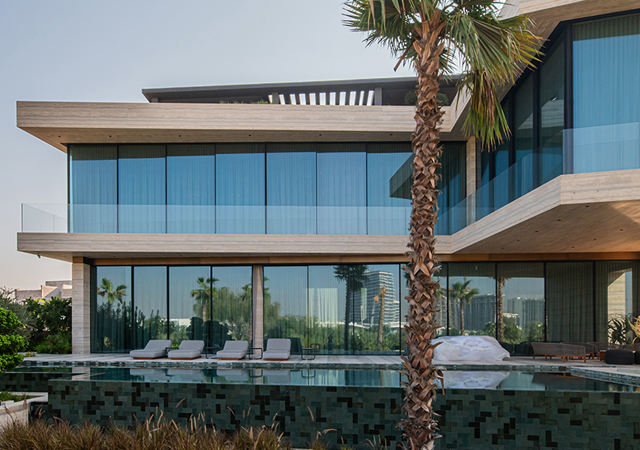
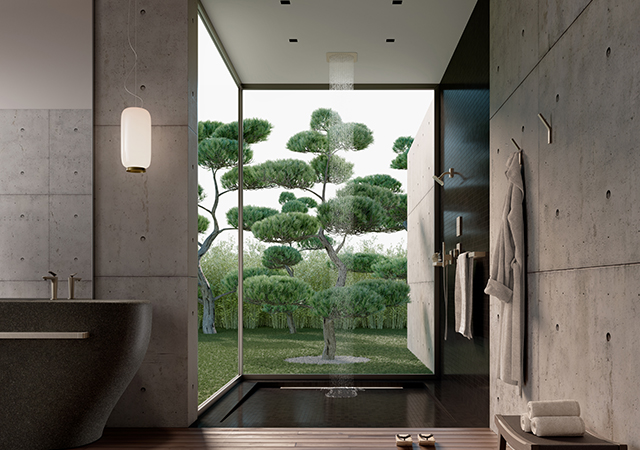
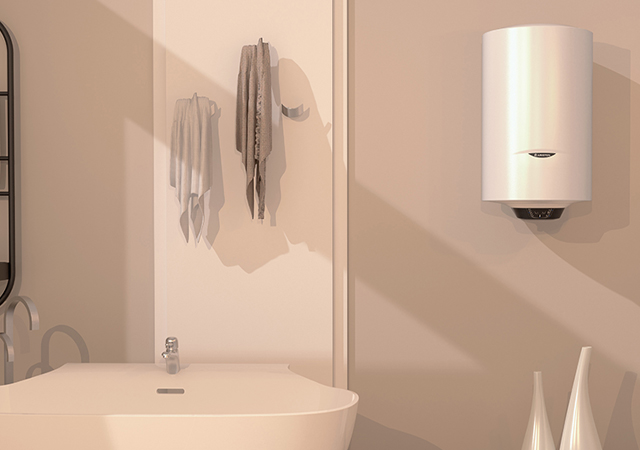
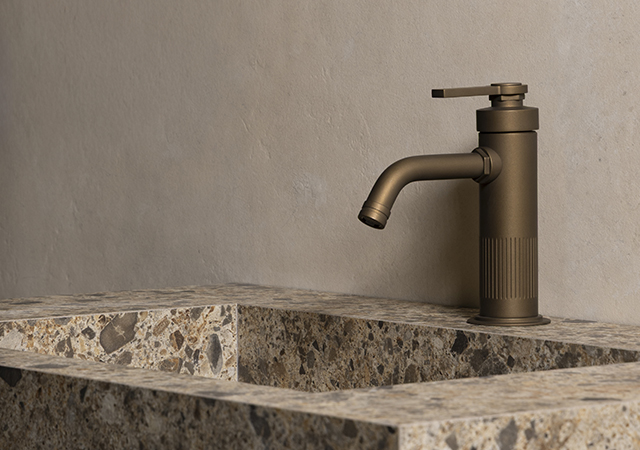

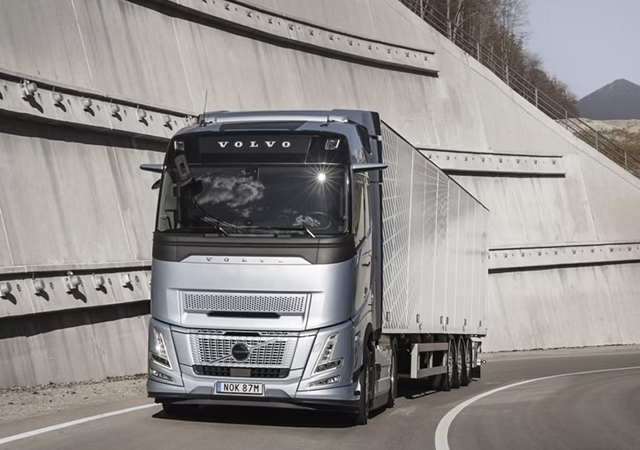
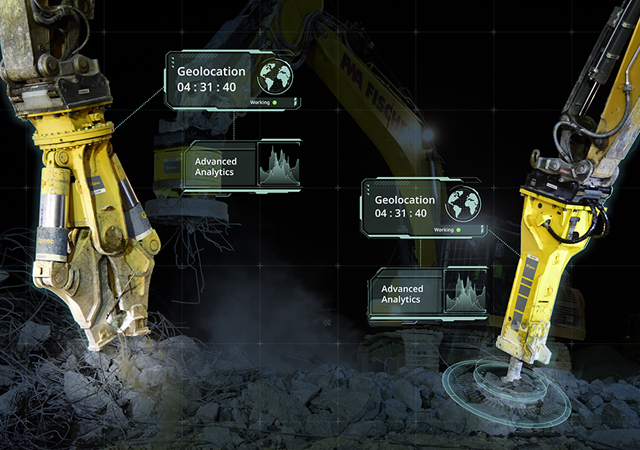
 (1).jpg)

